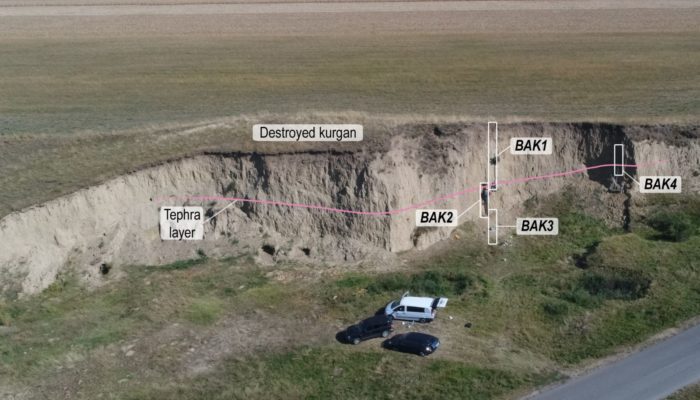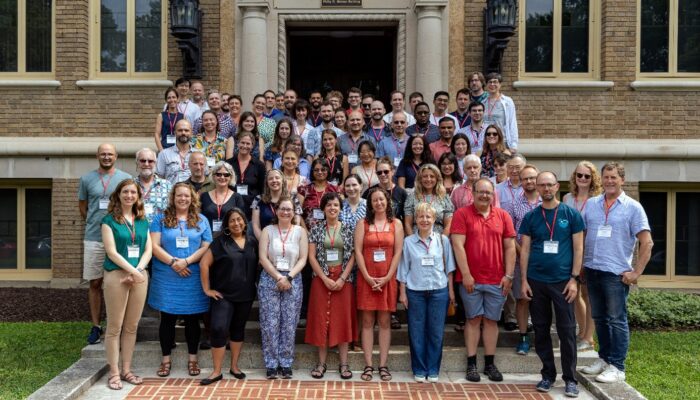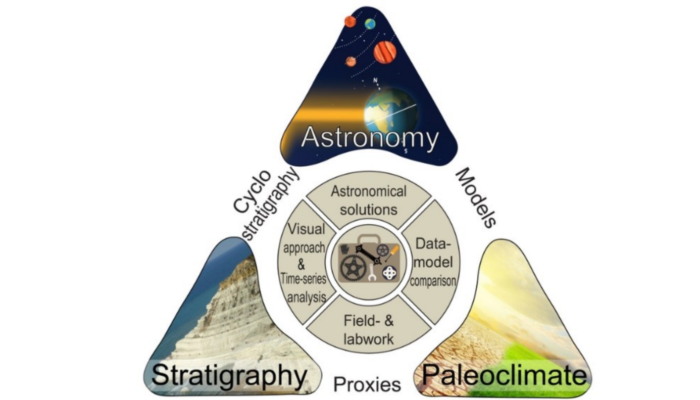TIMES is the acronym of a large-scale international science initiative “Time Integrated Matrix for Earth Sciences” (Link: https://www.codd-home.net/times/). The idea is to launch a global program with the aim of synchronizing age models for particularly important geological climate records from the past 100 million years. The motivation for this program is given in a white paper published in the j ...[Read More]
The Deep Dust project continues!
In 2019, the EGU SSP blog reported from a workshop exploring Paleozoic dust. By now, the Deep Dust initiative is supported by the International Continental Scientific Drilling program, which is an important step. It is planned to drill in the US in a first project phase. The Deep Dust Drilling Project (DEEP DUST) is focused on understanding paleoclimatic conditions, biospheric responses and climat ...[Read More]
An online learning platform for cyclostratigraphy – www.cyclostratigraphy.org
Cyclostratigraphers aim to read and understand the effect of climate-driven orbital changes in the geological record through time. In doing so, they start from an important prerequisite: An imprint of insolation variations caused by Earth’s orbital eccentricity, obliquity and/or precession (Milankovitch forcing) can be preserved in the geological rock record. The new www.cyclostratigraphy.org webs ...[Read More]
What’s my age again? Comparing dating methods in loess

As you have learned from our previous posts, loess is a widespread terrestrial sediment, known to be an important archive for the changes of past environmental and climatic conditions. In order to use loess as a proxy, we first need to investigate the age of the sediments. In loess, different dating methods can be used, such as luminescence dating, radiocarbon dating, magnetic stratigraphy, and or ...[Read More]


